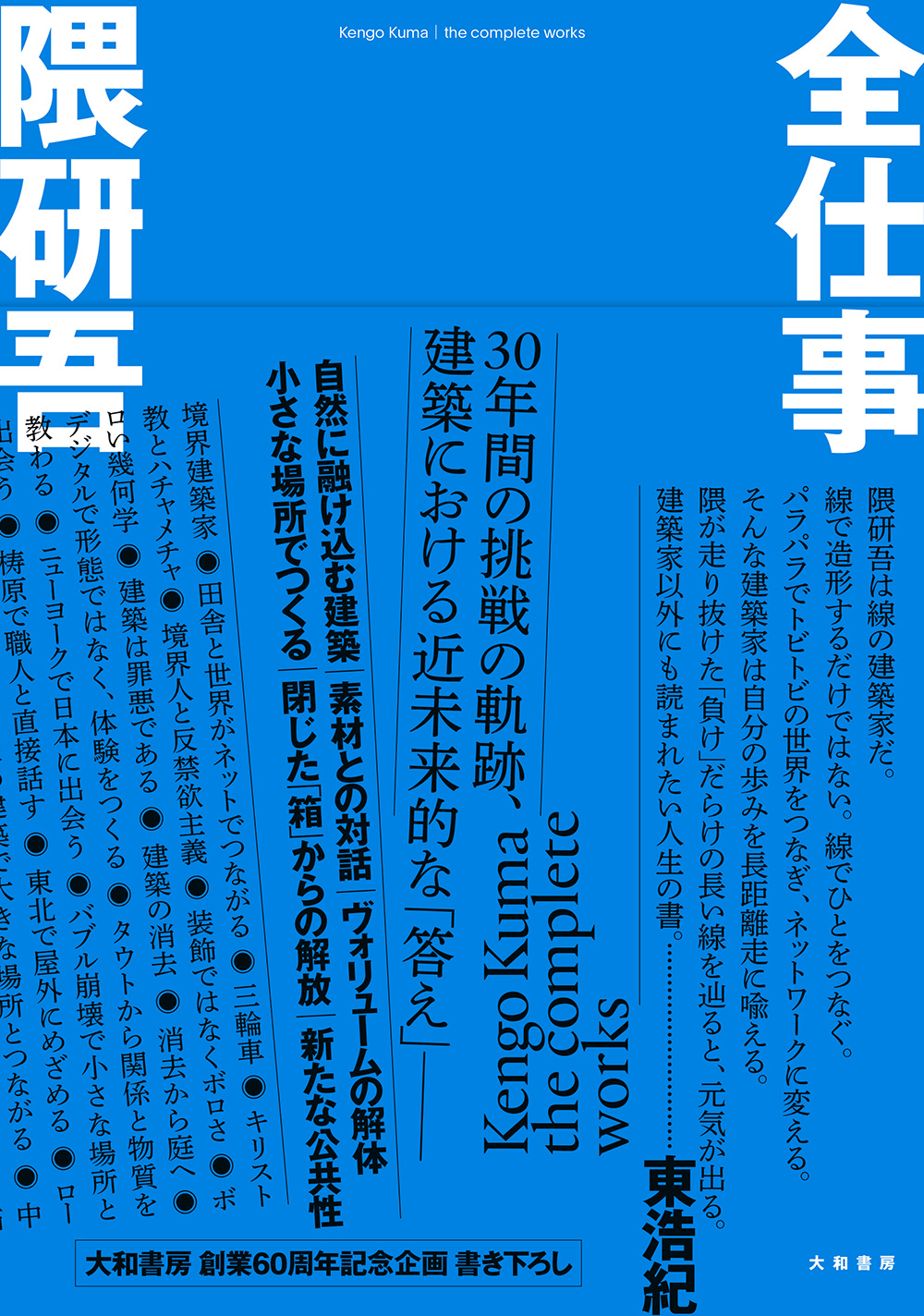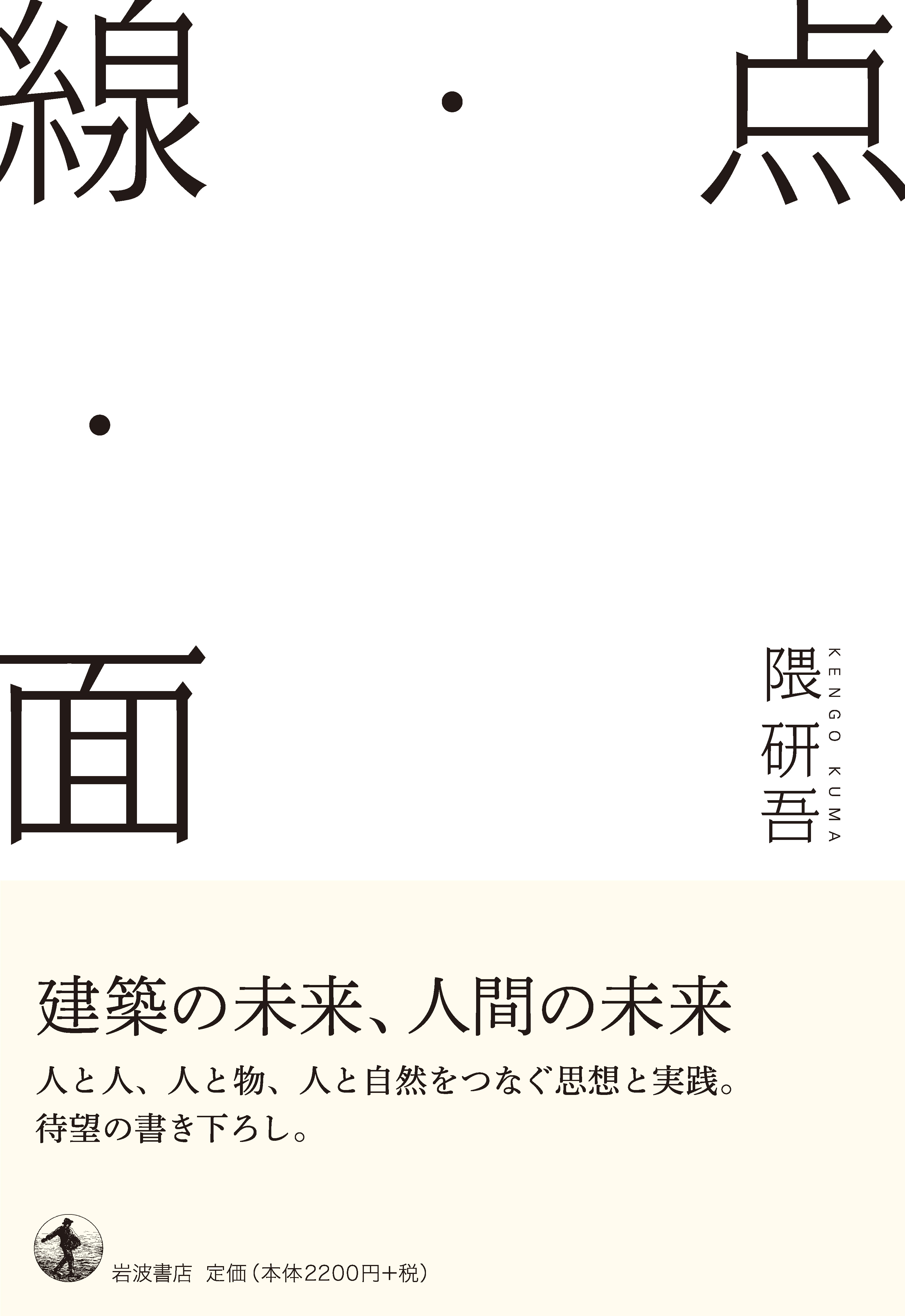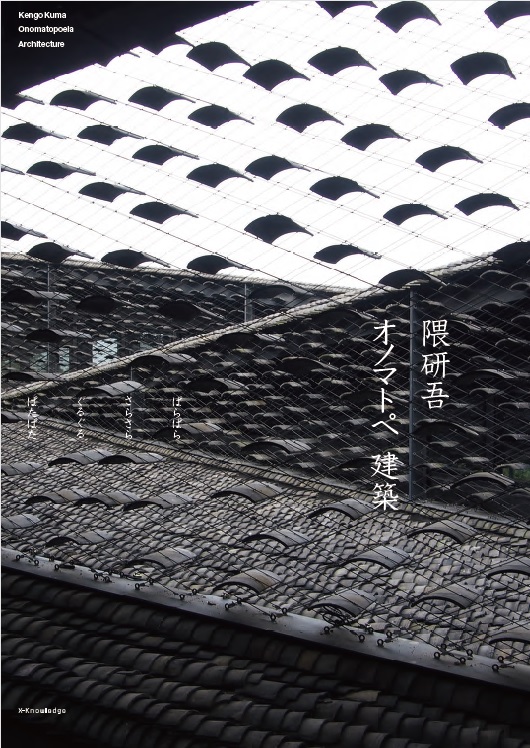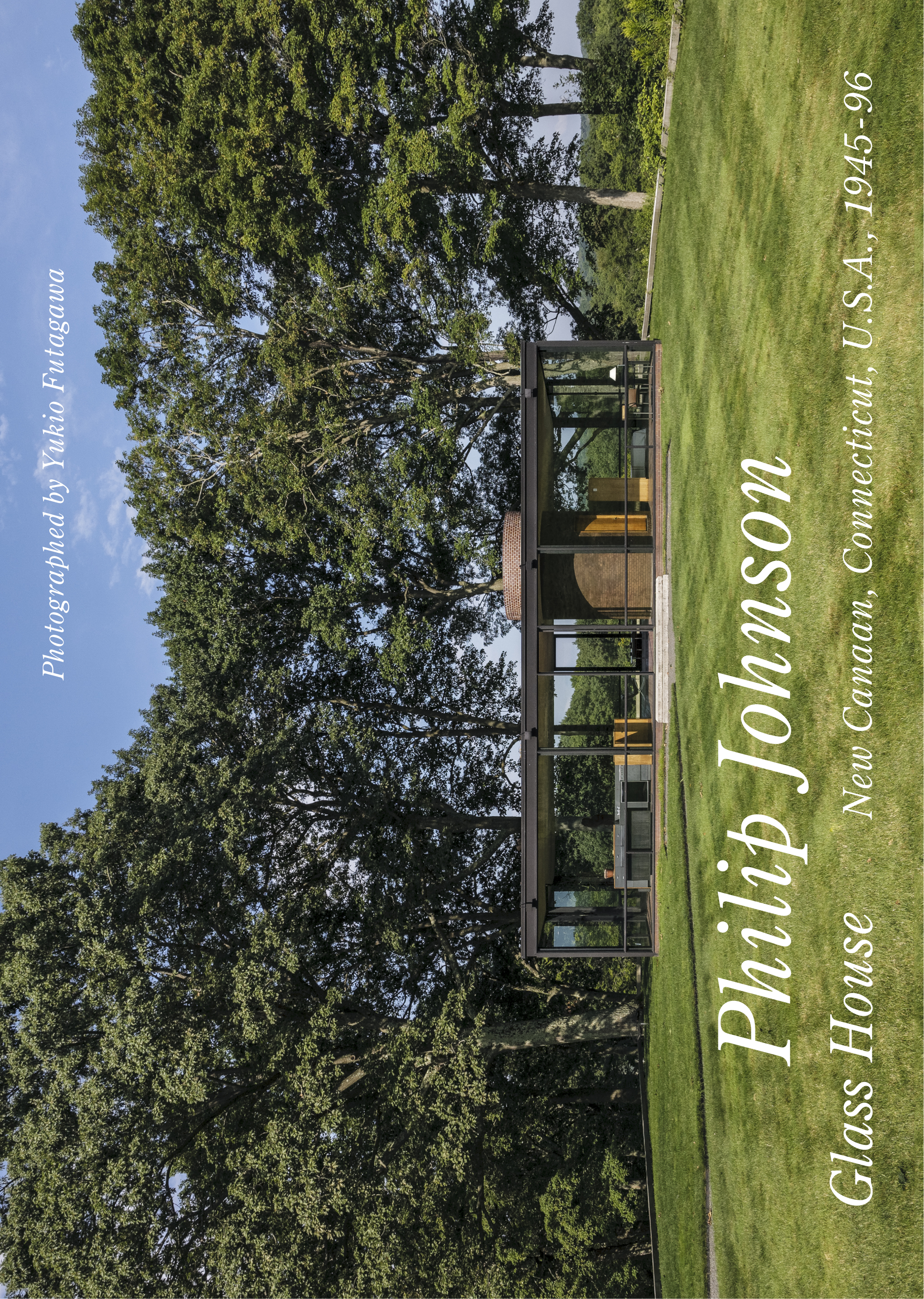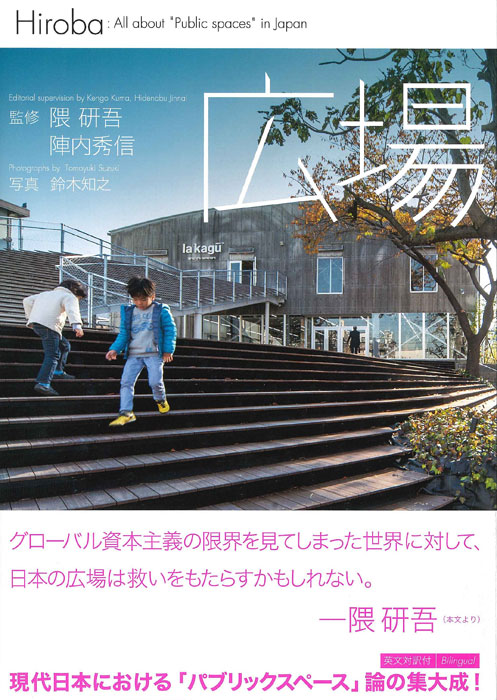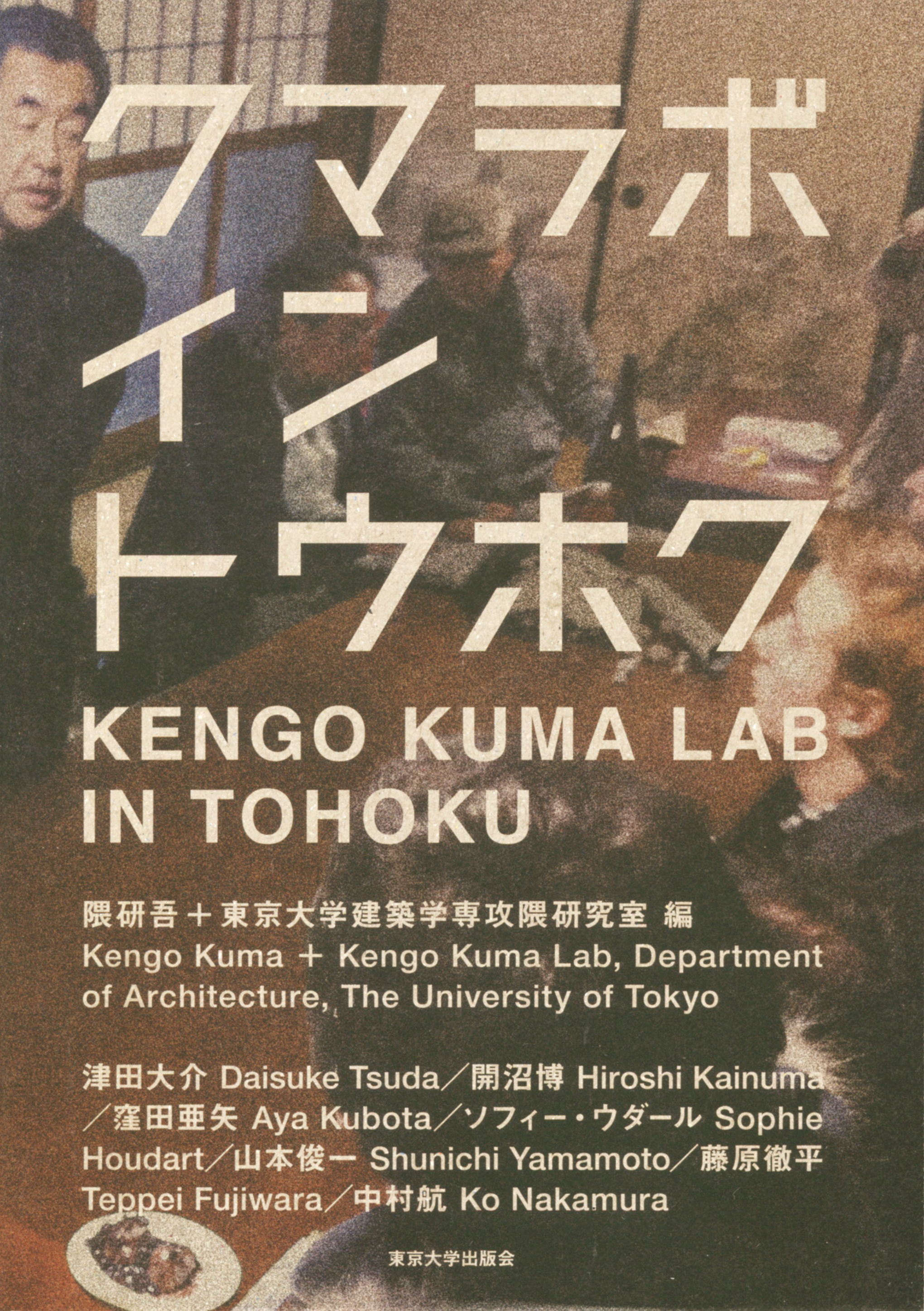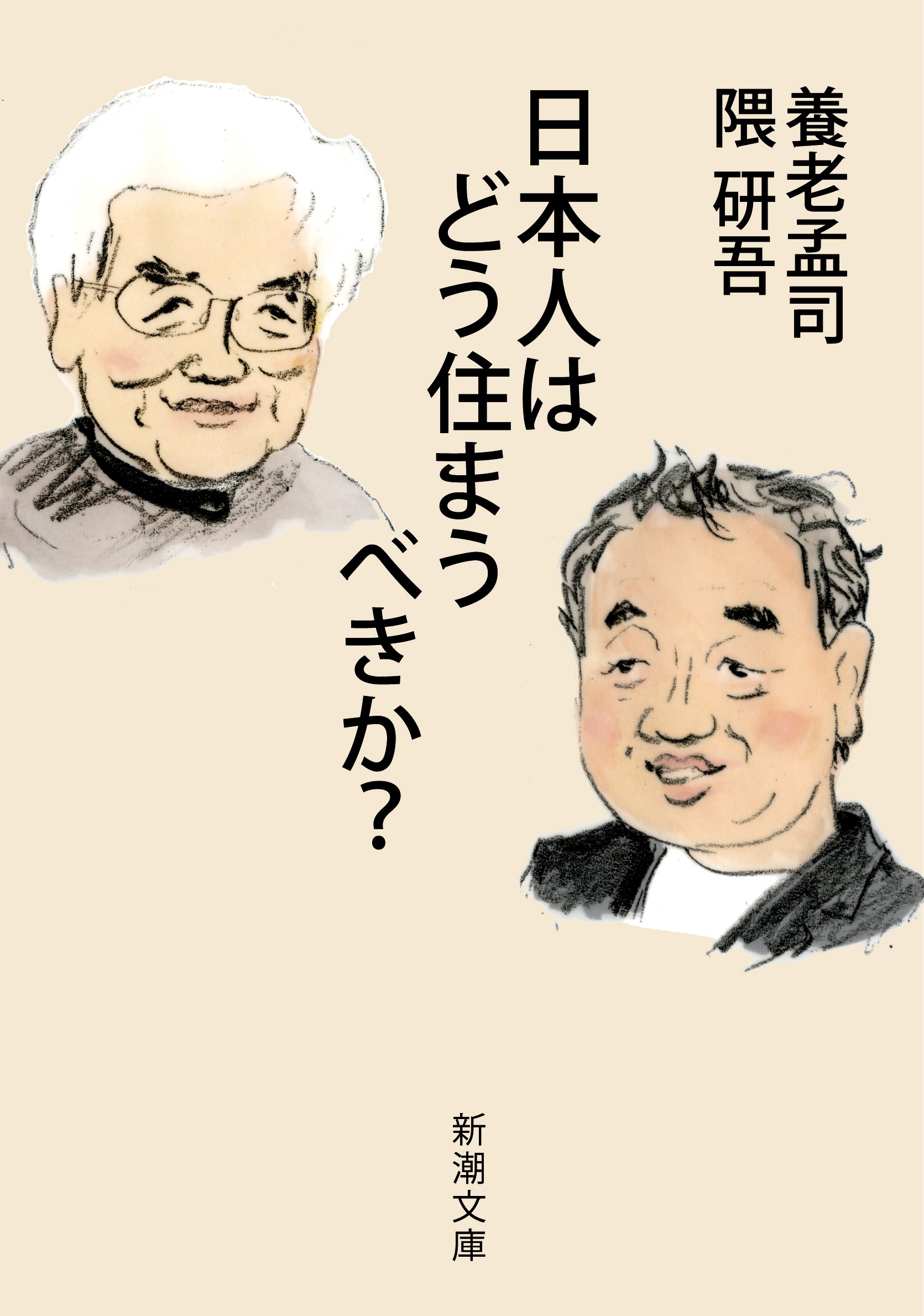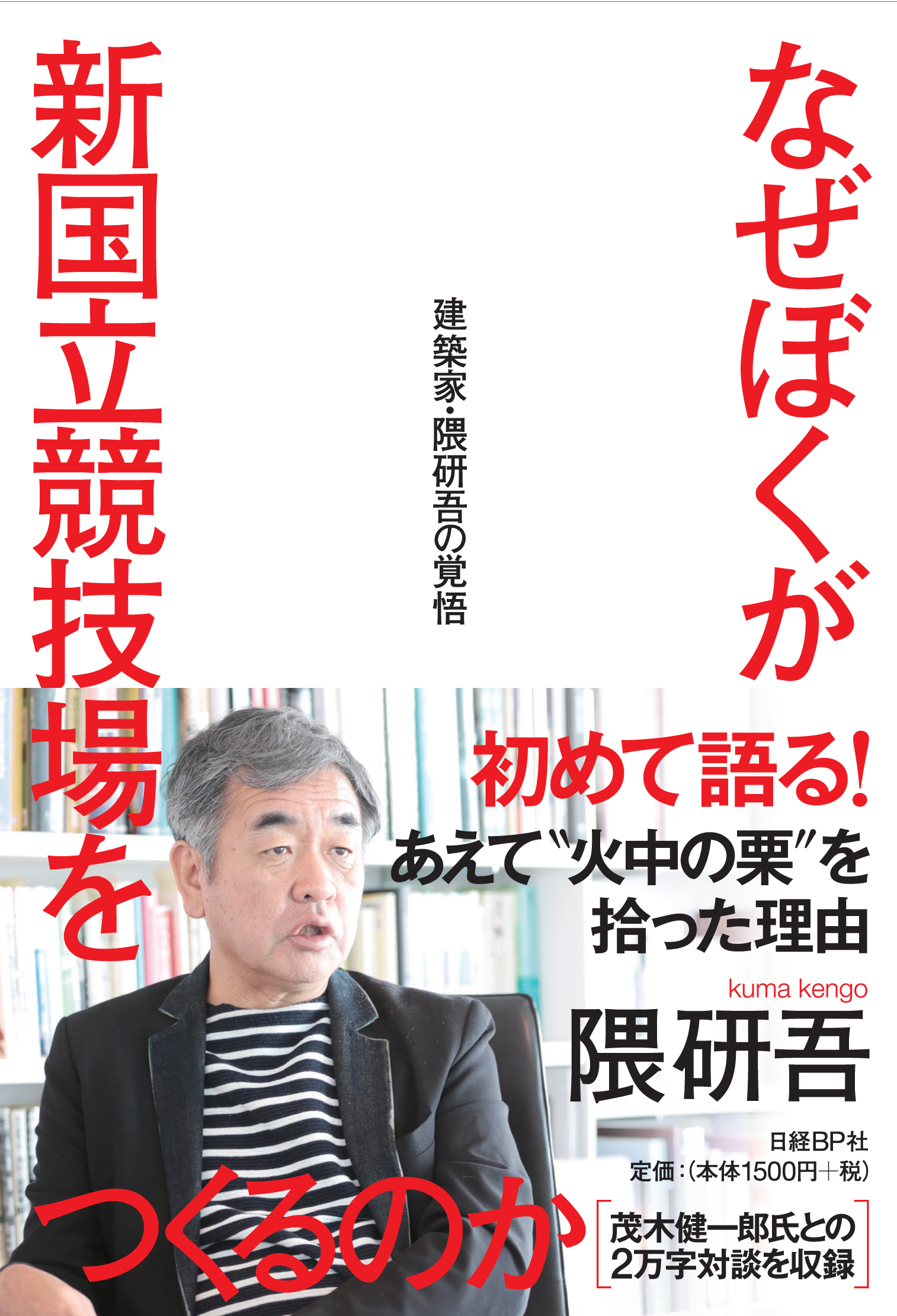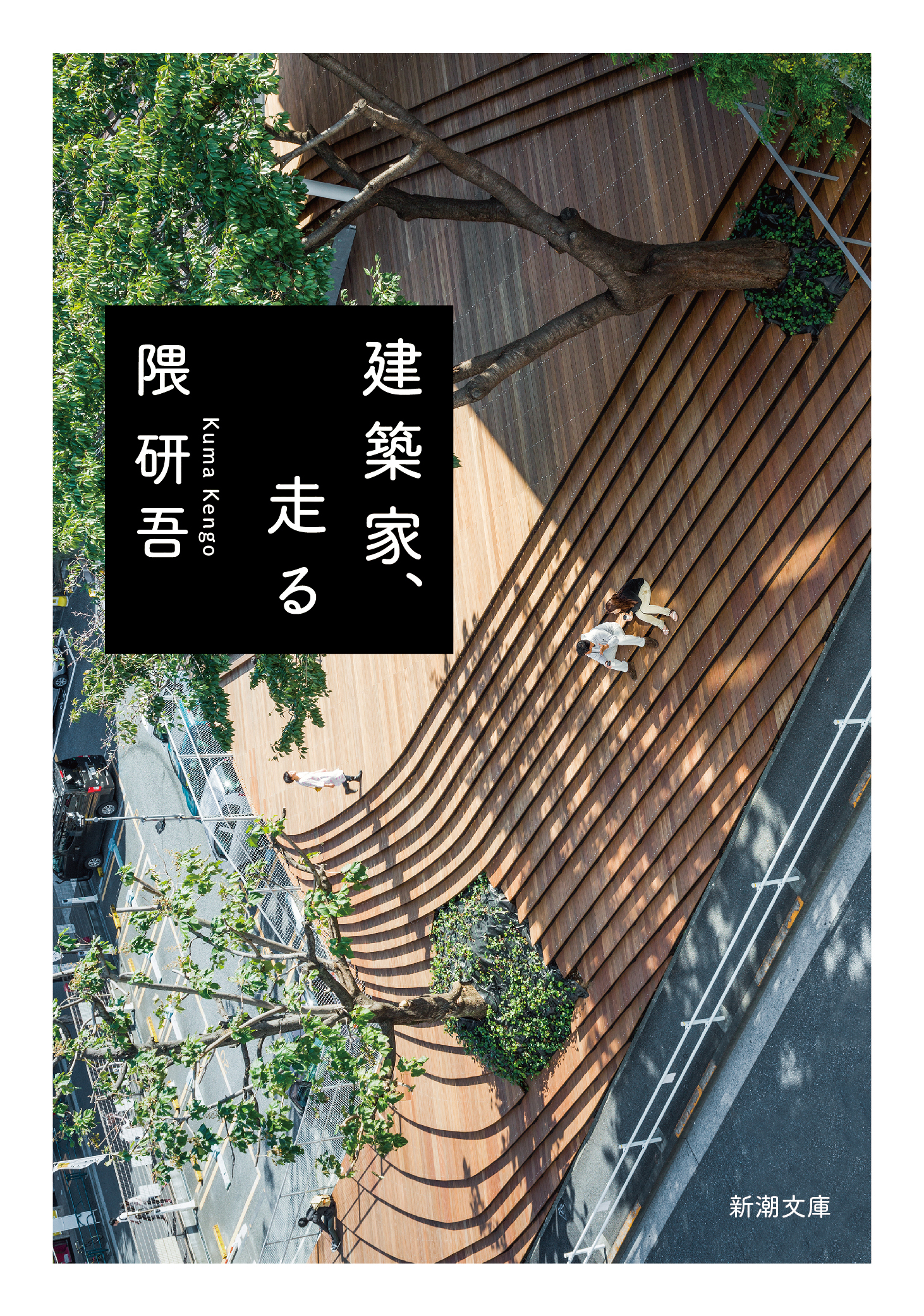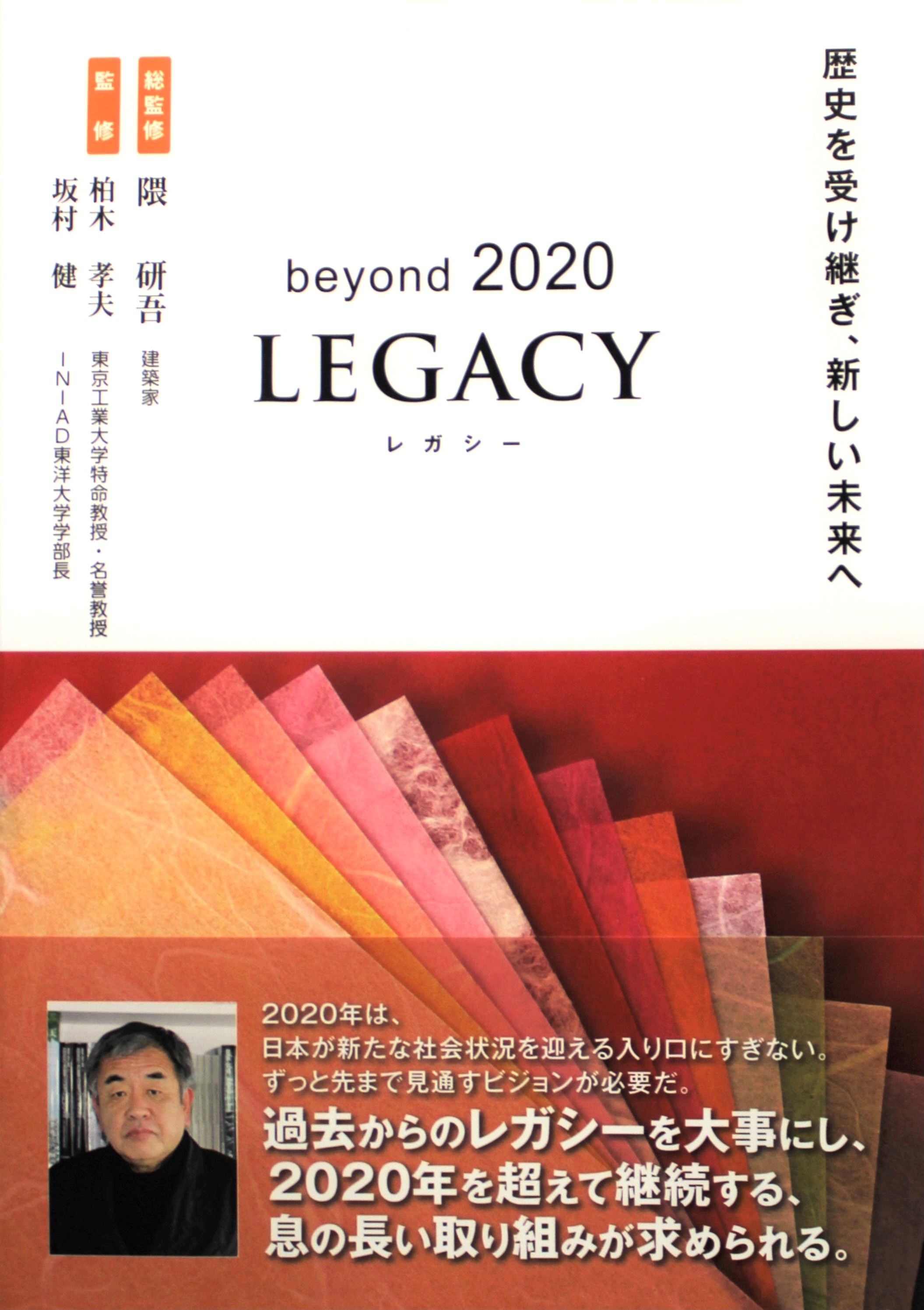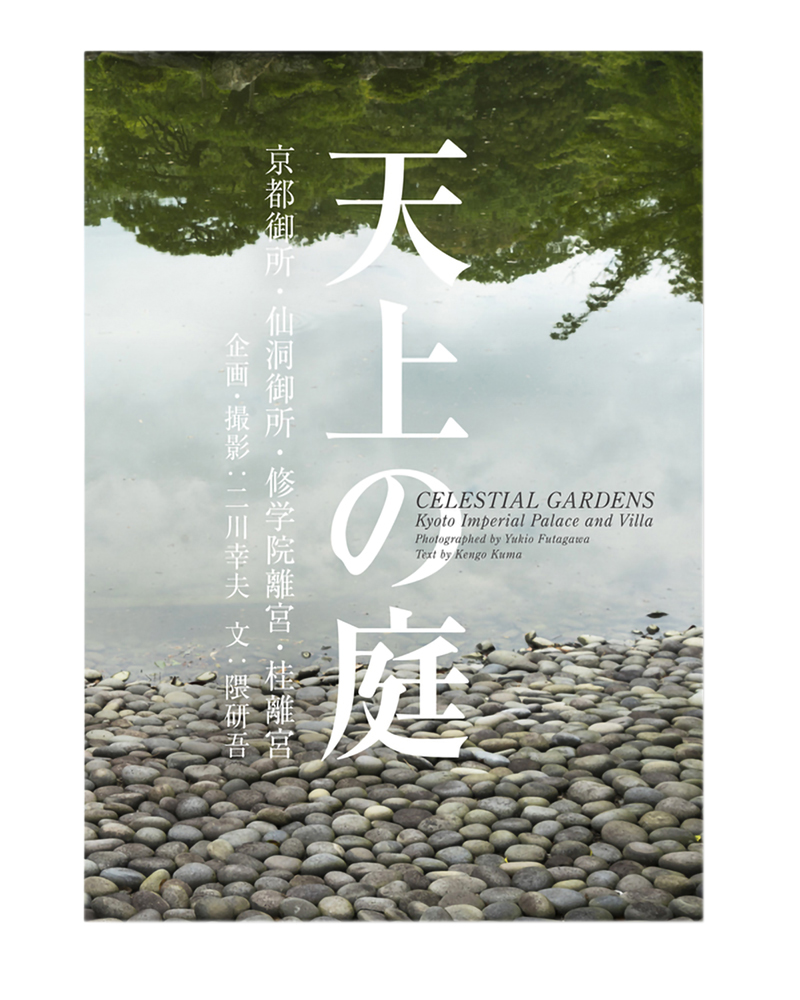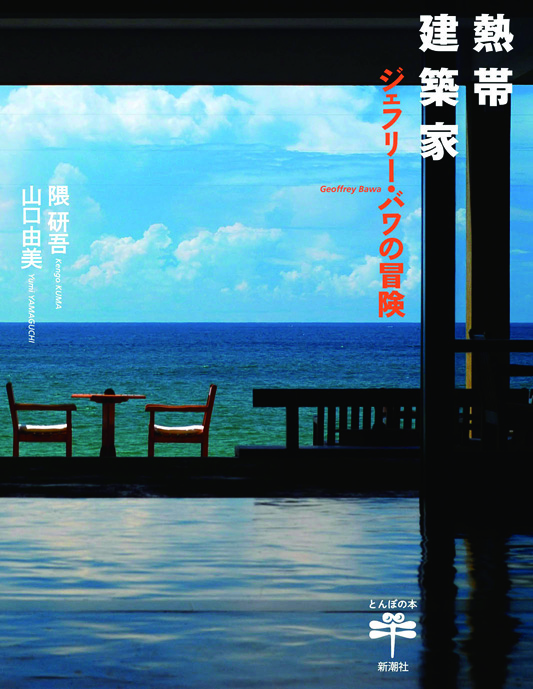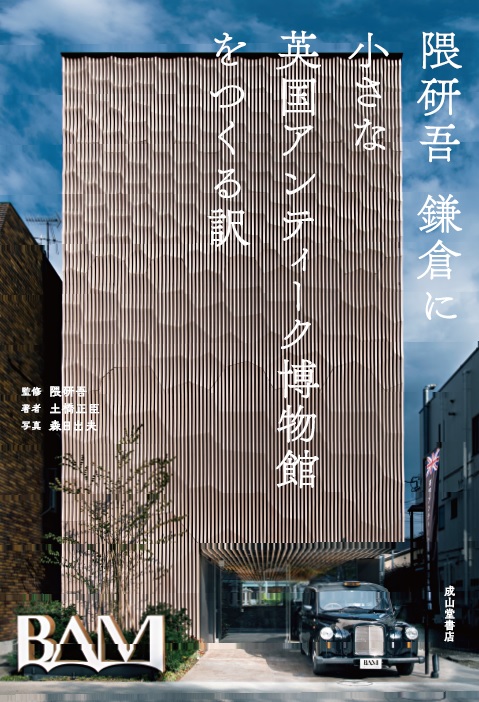
Title
Kuma Kengo Kamakura ni Chiisana Eikoku Antique Hakubutsukan o Tsukuru wake (Why building a small British Antique Museum in Kamakura)
Size
192 pages, A5 format
Language
Japanese
Released
September 28, 2022
ISBN
978-4-425-98541-8
Published by
Seizando-Shoten Publishing
Book Info
See Book Availability at Library
Kuma Kengo Kamakura ni Chiisana Eikoku Antique Hakubutsukan o Tsukuru wake
Japanese Page
I went to junior high school and high school in Ofuna (more precisely, Tamanawa, Kamakura City). Therefore, Kamakura, which is adjacent to Ofuna, was my playground. It is an important place that helped me become the person I am today. I learned Japanese history directly from Kamakura, with my own body, not from a textbook. The topography of Kamakura is history in and of itself. Kamakura is where my interest in topography was sparked, and my experience there led me to design architecture as a kind of topography. I learned art from the former Museum of Modern Art, Kamakura (1951), whose original building was designed by Junzo Sakakura. Moreover, the bold dialogue between the environment of the Tsurugaoka Hachimangu Shrine grounds (such as the surface of the pond) and this museum became a model for the use of water in my architectural works.
Therefore, I was so excited when I was asked to help build an art museum in Kamakura. The museum, which features British antiques, would be built along the path leading to Hachimangu Shrine, a location that brings me back lots of memories. I wanted to give back to Kamakura in some way.
It seems coincidental yet inevitable that the Kamakurabori Museum is located next to the site. I desired to capture in architecture the aesthetics of the samurai engraved into the Kamakurabori wood carving by the blade marks. Kamakura was the first city created by a samurai government in Japan. The challenging spirit of the samurai, who did not want to be bound by the established Kyoto-centered system, can be seen in the sharp and violent blade marks of Kamakurabori carvings. It continues to strike a chord with us.
I observed, when I worked on a project in Scotland, that this samurai spirit is, in a way, similar to the ethos of Britain. It is often said that Britain is a conservative country that honors tradition. However, in reality, the British culture was shaped by those who challenged Rome or Paris, which were the centers of Europe. This is reflected in the rationalism of the Industrial Revolution; Britain challenged Rome and Paris, just like Kamakura challenged Kyoto.
It was a delightful experience to design the BAM Kamakura with such a historical framework in mind. Masaomi Dobashi, the collector with an incomparable passion, exudes energy like Kamakura and Britain. I even felt that this energy was the polar opposite of what one would normally associate with words such as “nostalgia” or “antiques.”
(Written by KUMA Kengo, University Professor / Professor Emeritus, Office of University Professor, School of Engineering / 2023)
Related Info
https://kkaa.co.jp/en/project/british-antique-museum-bam-kamakura/
BRITISH ANTIQUE MUSEUM KAMAKURA Web Site
https://www.bam-kamakura.com/en



 Find a book
Find a book


